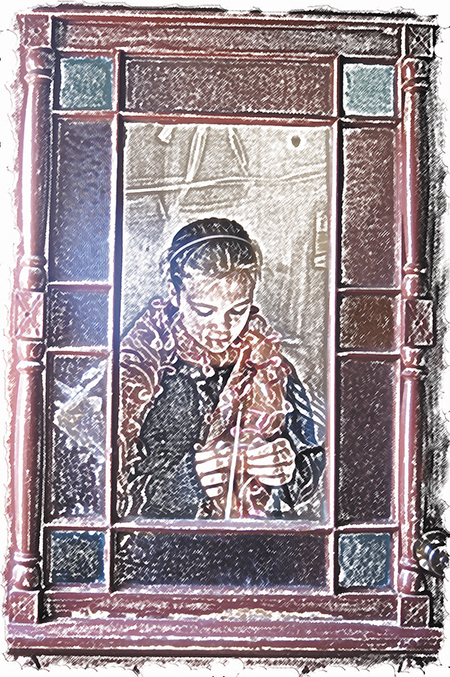Bits and pieces of memory stuff float in and out, subject to the vagaries of my mind and the quickness of my pen in writing rough drafts of my tales of yesteryear. These gems (in my mind only, of course!) seem in greater abundance from my high school days than from my teaching days at Forestburg High School some 20 years later. However, one particular reminiscence is from the fall of 1967 when the school board had asked me to be the school principal.
I carried three-fourths of a teaching load with the rest of my time devoted to things a principal does. Two classes stand out in my mind. The seniors during 1967-68 were in my government class held in the northeast corner of second floor, the room where 25 years earlier I had had freshman English. They were an intelligent bunch consisting of Jeff Burrill, Greg Krueger, Jim Johannsen, David Kane, Larry Larson, Gary Olson and Kenny Cassens. On the feminine side were Mary Kay Larson (whose father’s funeral was the day I wrote this), Betty Olson, Judy Bauer, Beverly Schefsky, and my neighbor, Dianne Edwards. In my class, at least, they were well behaved, cooperative and quite willing to participate in the give and take of government discussion.
It was of interest to me that in former years I had gone to FHS with Mary Kay’s father, Jeff’s father and both of Gary’s parents. That senior class seemed more mature and sensible than other seniors I’ve known.
The sophomores of that year were less ready to respond in class unless called on, perhaps reflecting their two-year younger status. They were not as self-assured, and seemed to be concerned about what a classmate might think if they spoke out in class. There was one exception. Annette Larson, so much a carbon copy of her father, Lewis, had a mind of her own and spoke her mind when she chose. A good student, she was usually right on target. I recall the clear and precise manner in which her father spoke when he was a senior and I a freshman. Like father, like daughter. I really appreciated her frequent classroom contributions.
I need a family member or friend to help me set the dates straight. My freshman year was 1942-43, the same school year I thought Lewis was a senior. The Sept. 11, 2015, Mitchell Daily Republic obituary account places his FHS graduation in 1944, a year later than I recall him completing high school. A person would assume that a family obituary writer would be more accurate than the memory of a high school classmate, especially after 70 years.
A momentary PS: Just today (9/13/15) I picked up a copy of the FHS alumni publication from Dianna (Moore) Senska in order to verify other details for some of my stories. I went to the section of graduates from my era. Lewis’ graduation year was listed as 1943, suggesting perhaps that a typo occurred, or the family obituary writer was a son or daughter who didn’t remember accurately.
Incidentally, Dianna shared with me that she was born in the same year (1943) that her husband, Dean, graduated from high school. Did he rob the cradle?! Dean was a classmate of Lewis Larson, as were Harry Larson and Mary Hinde. I recall that Mary Ann Barta and Faith Nielson were also members of that class. Did I miss anyone? Unless you are 85 or so, there’s no one around to confirm or deny my listing and I don’t recall yearbooks were published then.
-
Weather
Failure notice from provider:
Connection Error:http_request_failedUpcoming Events
November 2024 SSunday MMonday TTuesday WWednesday TThursday FFriday SSaturday 27October 27, 2024 28October 28, 2024 29October 29, 2024 30October 30, 2024 31October 31, 2024 1November 1, 2024 2November 2, 2024 3November 3, 2024 4November 4, 2024 5November 5, 2024 6November 6, 2024 7November 7, 2024 8November 8, 2024 9November 9, 2024 10November 10, 2024 11November 11, 2024 12November 12, 2024 13November 13, 2024 14November 14, 2024 15November 15, 2024 16November 16, 2024 17November 17, 2024 18November 18, 2024 19November 19, 2024 20November 20, 2024 21November 21, 2024 22November 22, 2024 23November 23, 2024 24November 24, 2024 25November 25, 2024 26November 26, 2024 27November 27, 2024 28November 28, 2024 29November 29, 2024 30November 30, 2024 -
Recent Posts
Contact Us
Archives

